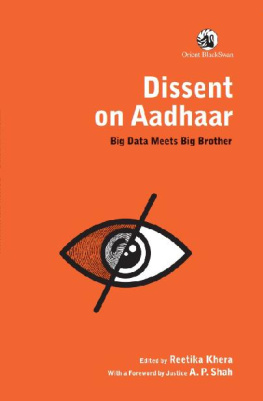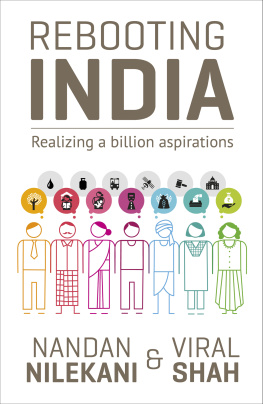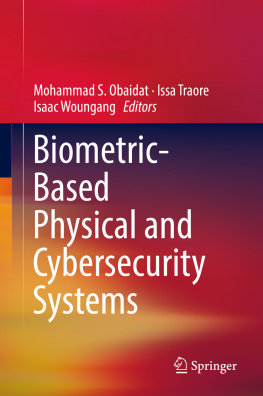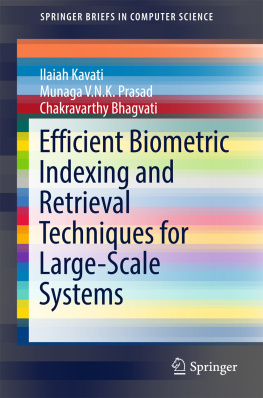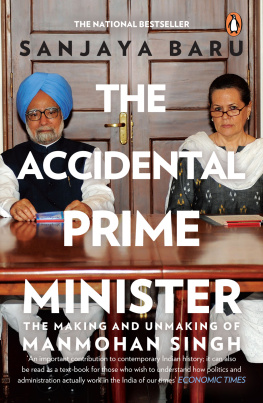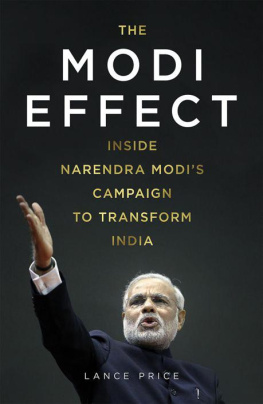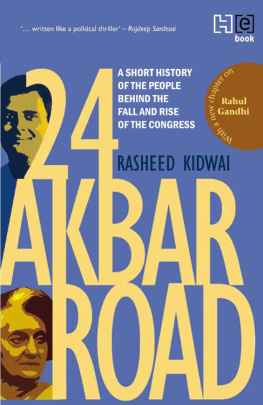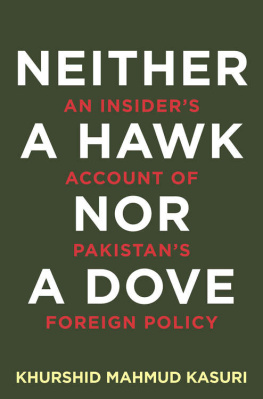

Westland Publications Ltd
61, II Floor, Silverline Building, Alapakkam Main Road, Maduravoyal, Chennai 600095
93, I Floor, Sham Lal Road, Daryaganj, New Delhi 110002
First published by Westland Publications Ltd 2017
Copyright Shankkar Aiyar 2017
All rights reserved
10 9 8 7 6 5 4 3 2 1
ISBN: 9789386224958
Shankkar Aiyar asserts the moral right to be identified as the author of this work
The views and opinions expressed in this book are the authors own and the facts are as reported by him, and the publishers are not in any way liable for the same
Typeset in Sabon Roman by SRYA, New Delhi
This book is sold subject to the condition that it shall not by way of trade or otherwise, be lent, resold, hired out, circulated, and no reproduction in any form, in whole or in part (except for brief quotations in critical articles or reviews) may be made without written permission of the publishers.
For
my parents
Mangalam and Venkatramani
for the foundation
Contents
WHY AND WHY NOW
The challenge confronting leaders in the 21st century is less about what to do and more about how to get it done. Even when it is evident what needs to be done, how do you take an idea, a solution and navigate it through the warren of interests to make it happen. And, if possible, even get re-elected for your troubles. The truism about government is that what can go wrong will go wrong. In a democracy anyone, and everyone, has the right to obstruct, delay and detain progress.
This is particularly pertinent for the worlds largest democracy. Indias political economy is replete with tales of how things did not happen. The lament is preceded by the ubiquitous if only, about how solutions were thought of but the ideas did not translate into action. For the three decades and more that I have been writing about the issues that haunt India, my studies show that the reasons for failure are located in its structural and political complexities.
The fear of political blowback has engineered a strong consensus for weak reforms. The volume of literature on Indias policy shelves has solutions for all the ills; if deployed they would have delivered quantum change, transformed potential into promise. The crux of the matter is the absence of, and need for, a template for making a good idea happen, even where there is political legitimacy.
Electoral mandates are necessary but evidently not enough to propel change. The person at the helm, with her/his aura of power, is also not the only criterion as the persons capacity to navigate hurdles waxes and wanes with public events. Public enthusiasm, initially sold on the promise of a solution, comes with a sell-by date.
Political mandates matter, but delivering on promises requires institutions. And it takes individuals to build those institutions, so expertise matters, as does the systems openness to lateral induction of talent. For an idea to succeed, no matter how worthy on its own, all these elements must come together to form a unique constellation.
The genesis of this book can be traced to a breakfast meeting over couscous upma and coffee with Reuben Abraham, who likes to be called a pracademic (practising academic). We were discussing whether a pattern can be distilled from success stories; if success can be replicated. Aadhaar was in the headlines and entered the conversation naturally. How did India build the worlds largest identity platform at such frugal cost with such smart architecture in such a short time? How did Nandan Nilekani, an outsider, and the band of techies and bureaucrats at UIDAI, engineer a platform for Indias 12-digit revolution?
Conventional wisdom tells us that by studying the particular, it is possible to illuminate the general. The original idea was to put together a policy paper and a tool box for the IDFC Institute on how Nilekani and Team UIDAI built an institution to institute an idea. As I explored the back stories, the twist and turn of events, and the interplay of politics and personae, the policy paper developed into this biography of Aadhaar.
I have studied public policy and the political economy of post-Independence India, especially since the 1991 liberalisation. My interrogation of history, and coverage of every general election since 1984 and twenty-seven national budgets, throws up a constant. It reveals that, bar exceptions, any measurable change for the betterment of Indias people is propelled only by a full-blown crisis. In stark contrast, the birth of Aadhaar seven years ago was a planned one, even if it now faces a crisis of sorts, of legal inadequacies and, therefore, of public faith.
As I studied its linear history, what stood out was that two national parties with diametrically opposing ideologies invested political capital in the programme to take it forward. The enrolments 590 million during the Congress-led UPA and 560 million in the three years of the Bharatiya Janata Party-led National Democratic Alliance represent a rare commonality of purpose. And Aadhaar has seen ups, downs and turnarounds under both regimes, with the idea itself morphing.
When it came to thinking about the title of this book, some aspects were obvious, like Aadhaars history and the use of biometrics combined with a unique 12-digit number. The question that needed answering was this: is it a revolution in the making?
What is a revolution? As John Kenneth Galbraith said, all successful revolutions are the kicking in of a rotten door. The unique identity programme affords millions particularly the marginalised an instrument to state and prove I am who I am. The fact is, for decades governments poured trillions of tax-payer rupees, nearly three per cent of GDP, towards subsidies, scholarships, pensions and other social programmes. Nearly half of it never reached the intended beneficiaries due to corruption. The enrolment of the 1,150 million persons for a unique identity number, so that beneficiaries could be identified, especially in Indias systemic landscape pockmarked with incapacity, is globally unprecedented. Aadhaars potential to empower and enable transformation is revolutionary.
Then came the narration. How should the Aadhaar story be told? There was the politics, the economics, the technology, the dichotomies, the concerns of a diverse society about data protection and privacy, differing views on whether Aadhaar is needed or is a non-essential. I decided to let the story tell itself.
Aadhaar is an ongoing revolution, warts and all. Clearly there are chinks, issues and infirmities, systemic gaps in accountability and protection of privacy, the spectre of a surveillance state sending chills up collective spines. These concerns have been charted through the following chapters. The issues which yet need to be resolved, and the next steps, feature in the Epilogue.
The discourse in India is frequently a proxy war of politics and personalities. Of course democracy is messy and can be noisy. Dissent is healthy but a distinction must be made between the baby and the bathwater. The quest of this book, and the reason it is being written now, is to push the envelope of debate from what is not to what it must not be and what it must.
Who I Am
THE BIRTH OF AADHAAR AND THE NEED FOR IT
Identity is a complex question in any country. In India, that complexity is compounded by the political and economic panorama of a billion-plus population.
The tell-tale signs of identity are everywhere in Indias colourful landscape threads, marks on the forehead, amulets, tattoos, headgear and, indeed, dress. While these signs may signal belonging, identify the person in terms of caste, class and creed, they do not help in establishing individual identity. While context may indicate Who Am I in terms of belonging, it does not establish Who I Am, rather, I am who I say I am. Identity does not translate into identification.
Next page

